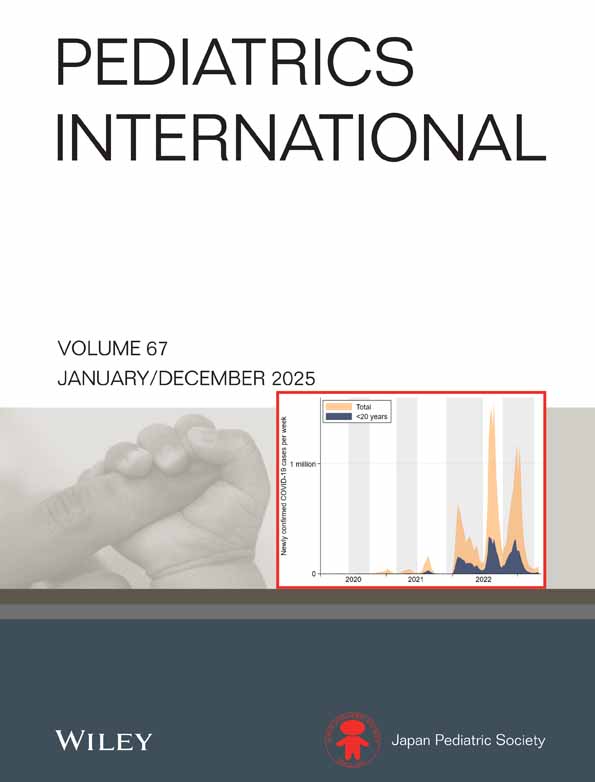Peripheral blood lymphocyte subpopulations in three infants with hepatosplenomegaly caused by cytomegalovirus infection
Abstract
Mononucleosis is defined as atypical lymphocyte proliferation which causes clinical symptoms such as tonsillitis, lymphadenopathy, or hepatosplenomegaly. Mononucleosis syndrome is caused by cytomegalovirus (CMV), Toxoplasma, hepatitis virus, adenovirus, or other agents as well as by Epstein — Barr virus. The syndrome is immunologically characterized by the proliferation of activated T cells (HLA-DR+ T cells). We encountered three infants with hepatosplenomegaly who were diagnosed as primary CMV infection by the detection of anti-CMV IgM antibody. Although the patients were otherwise asymptomatic, analysis of lymphocyte subpopulations showed a decreased ratio of CD4+ to CD8+ T cells and augmented expression of HLA-DR antigen on T cells characteristic of infectious mononucleosis. We conclude that inapparent CMV disease may affect the immunologic status of infected children even if it is asymptomatic.




